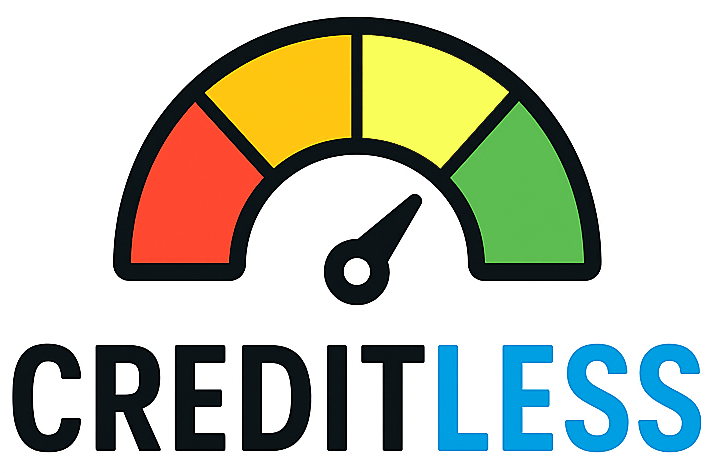Introduction — What a credit‑builder loan is and why it matters
Credit‑builder loans (CBLs) are starter products designed to help people establish or improve a credit record by reporting installment payment history to credit bureaus while simultaneously offering a forced‑savings feature. Typical terms place principal in a locked account while the borrower makes monthly payments; at the end of the term the borrower receives the funds (less interest/fees). These products are widely offered by credit unions, community lenders and fintechs as an alternative to secured cards for consumers with thin or no credit files.
This article summarizes the best available evidence on whether CBLs produce sustained, long‑term improvements in credit behavior and scores, highlights important risks, and gives practical recommendations for consumers and program designers based on federal research and academic studies.
What the evidence shows: benefits and harms
Positive outcomes — especially for the credit‑invisible
Randomized evaluations and federal research find CBLs can meaningfully help people who have little or no existing debt. For consumers without preexisting installment debt, opening a CBL increased the chance of having a credit score and — in some samples — produced score gains of up to about 60 points on average versus non‑participants. The CFPB’s evaluation found increased likelihood of obtaining a score and measurable score gains for borrowers without existing debt.
Important cautions — null averages and heterogeneity
However, rigorous academic work finds that average effects across all applicants can be close to zero because outcomes vary substantially across subgroups. A randomized encouragement design and later peer‑reviewed research show null average effects overall but strong heterogeneity: borrowers who already had installment obligations were more likely to experience new delinquencies on other loans after taking a CBL, suggesting the added monthly claim can overextend some households. In short: CBLs often help the credit‑invisible or those without other installment debt, but they can harm borrowers already managing other loans.
Savings and other non‑score benefits
CBLs can also promote forced savings: the CFPB evaluation measured an average increase in savings balances for participants (roughly a few hundred dollars in the study), although savings effects were smaller and less consistent than score improvements.
Best practices — how consumers and programs can get better results
For consumers: choose and use CBLs wisely
- Check your full debt picture first. If you already have multiple installment obligations or tight monthly cash flow, a CBL can increase delinquency risk — talk through alternatives (secured card, rent reporting, or waiting until existing balances are lower).
- Confirm bureau reporting. Only enroll in CBLs that report on‑time and late payments to at least one major credit bureau (ideally all three). The score benefit comes from consistent, reported on‑time payments.
- Automate payments and align due dates with income. The CFPB found many CBL late payments were likely timing or cash‑flow issues; autopay, reminders, and aligning due dates reduce missed payments.
- Use CBLs for forced savings, not short‑term access to cash. Treat the returned funds at term end as savings or seed capital rather than immediate spending to preserve the financial benefit.
- Compare alternatives. For many thin‑file consumers, secured credit cards, rent‑reporting services, or alternative data products may be better fits; compare costs, reporting practices, and the likelihood of timely payments.
For lenders, nonprofits and program designers: reduce harm and increase impact
- Screen for existing obligations and capacity. Offer CBLs primarily to consumers without significant existing installment debt or include capacity checks to reduce displacement of other payments. Academic researchers recommend better targeting to avoid overextension.
- Design reporting and release timing carefully. Consider whether payments are reported as installment credit, how and when funds are released (periodic vs. lump sum), and how reporting choices interact with scoring models. These design choices can influence both score outcomes and predictive validity in credit markets.
- Pair loans with light wraparound supports. Nudges, simple financial coaching or reminders improve payment behavior. However, evidence also shows mandatory, lengthy financial classes can reduce take‑up, so keep supports practical and low‑burden.
- Measure and publish outcomes. Track who benefits and who does not (score changes, delinquencies on other accounts, and savings) and use that data to refine targeting and underwriting. Researchers specifically recommend program monitoring to spot adverse spillovers.
Practical decision checklist
Before you enroll in a CBL, run this quick checklist:
- Do I have other installment loans (auto, student, personal) with balances or recent delinquencies?
- Can I set up autopay and align the due date with my paychecks?
- Does the lender report monthly payment history to the credit bureaus (which bureaus)?
- Are fees and interest reasonable compared with alternatives?
- Will I treat the returned funds as savings or immediate spending?
If you answer “no” to items 1 or 2, consider delaying or choosing a lower‑cost starter product until cash flow improves. The evidence supports targeted use: CBLs are more consistently beneficial for those without existing installment obligations.
Conclusion — a useful tool when targeted and supported
Credit‑builder loans are a credible tool for building a credit record and encouraging savings, but they are not universally beneficial. Federal and academic research finds clear gains for consumers without other installment debt, but important risks (including spillover delinquencies) for those with tight budgets or existing loans. The best outcomes come when programs screen applicants, enable reliable payment (autopay, reminders), report consistently to bureaus, and offer light supports rather than burdensome mandatory education. Consumers should compare alternatives, confirm reporting practices, and prioritize on‑time payments — that is the key driver of lasting score improvement.
If you want, we can compare current CBL providers, secured card options, and rent‑reporting services tailored to your credit profile — tell us whether you have existing loans and whether you prefer bank, credit union, or fintech providers.
